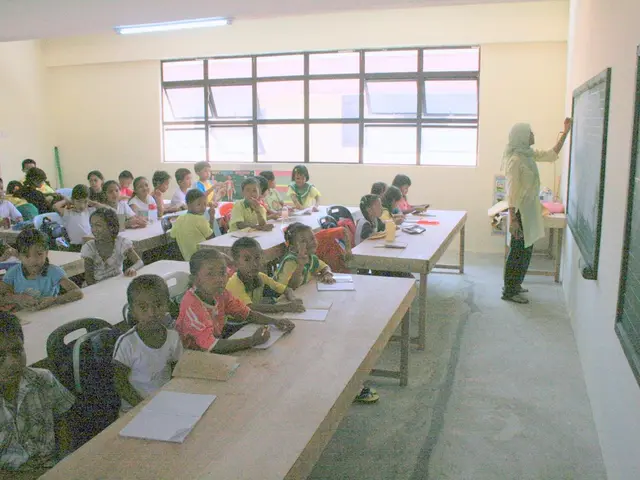HR Departments Worldwide Rely on Judgmental Forecasting for Accurate Staffing Needs
Human Resources (HR) departments worldwide rely on accurate forecasts to plan staffing needs. Judgemental forecasting, a key method used by HR managers, combines expert opinion with data analysis to predict future personnel demand.
Judgemental forecasting, also known as qualitative forecasting, leverages the expertise of HR professionals and management. It considers various factors such as projected business growth, turnover rates, process changes, productivity trends, and skill requirements. This method is often used in conjunction with quantitative techniques for better accuracy.
There are two primary approaches to judgemental forecasting. The top-down approach begins with high-level estimates from senior management, which are then broken down by department or function. Conversely, the bottom-up approach involves line managers and department heads forecasting their own staffing needs, which are then aggregated to create an overall headcount plan.
Time series forecasting, a popular technique, analyzes past and current data trends to estimate future needs. This method can be enhanced with AI techniques like narrow AI, heuristics, or deep learning. HR directors use judgemental forecasting to predict future staffing requirements, ensuring their organizations are well-prepared for upcoming personnel needs.
Judgemental forecasting, with its top-down and bottom-up approaches, plays a crucial role in HR planning. By combining expert judgment with data analysis, HR departments can make informed decisions about future staffing requirements, ensuring their organizations have the right people in the right places at the right times.







